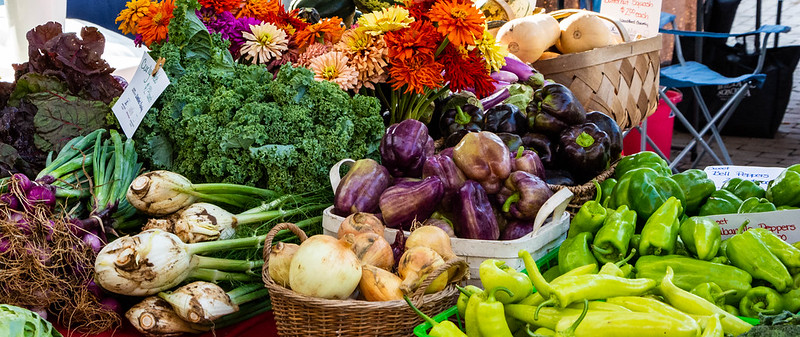Home cooking means healthier eating – there’s an opportunity to change food habits for good
Lockdown may mark the start of a healthier relationship with food for many people says Dr Danielle McCarthy.

Over the last month there has been a dramatic transformation in our access to and the availability of food – along with where we eat and with who. At the same time, personal, family and societal health has never been more on the nation’s agenda.
The closure of cafes, restaurants, fast food outlets, schools and workplace canteens has contributed to more people eating at home. It seems that lockdown has encouraged many people to rediscover the joys of home cooking – with more people cooking more from scratch and throwing away less food. There has also been a 93% growth in flour sales as many people have gone back to basics and started baking.
Research shows that more frequent cooking in general and cooking from scratch is associated with a healthier diet. So could it be that lockdown may mark the start of a healthier relationship with food for many people?
Changing shopping habits
Before the pandemic, UK dietary data from 2019 showed that average fruit, vegetable and fibre intakes were below recommended levels, while average sugar intakes were above recommendations.
Recent shopping data shows that people in recent weeks have been buying more frozen food and long-lasting foods such as cans and food with a long shelf life. But although many people associate healthy eating with fresh produce, recent purchasing patterns shouldn’t prevent dietary recommendations from being met – frozen and canned choices still count towards these recommendations, are cheaper than fresh alternatives and last longer.
Tinned fruit on breakfast cereal or porridge, for example; or a tin of chickpeas in a curry; dried fruit in natural yoghurt or canned lentils in a soup – all of these will count towards your the five recommended portions of fruit or veg a day. All fresh, frozen, dried and canned varieties count, with fruit juice also contributing to a maximum of one portion.
To continue reading, please click here.
Article originally appeared in The Conversation.
The featured image has been used courtesy of a Creative Commons license.




